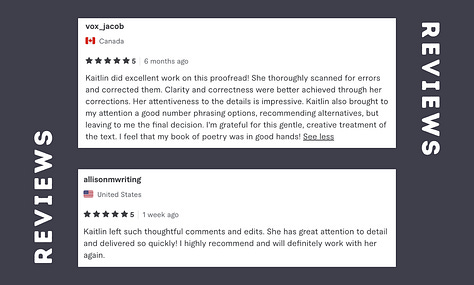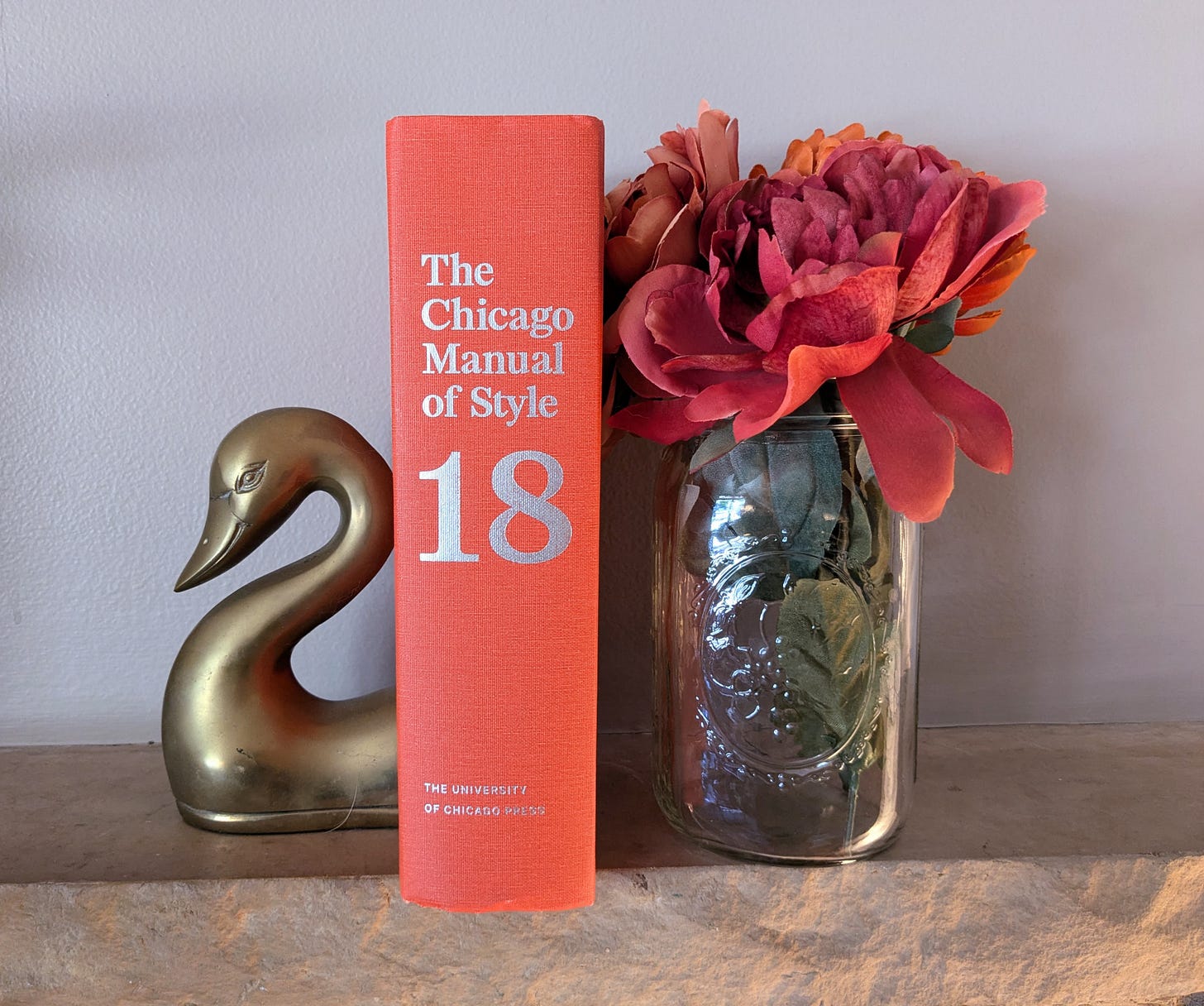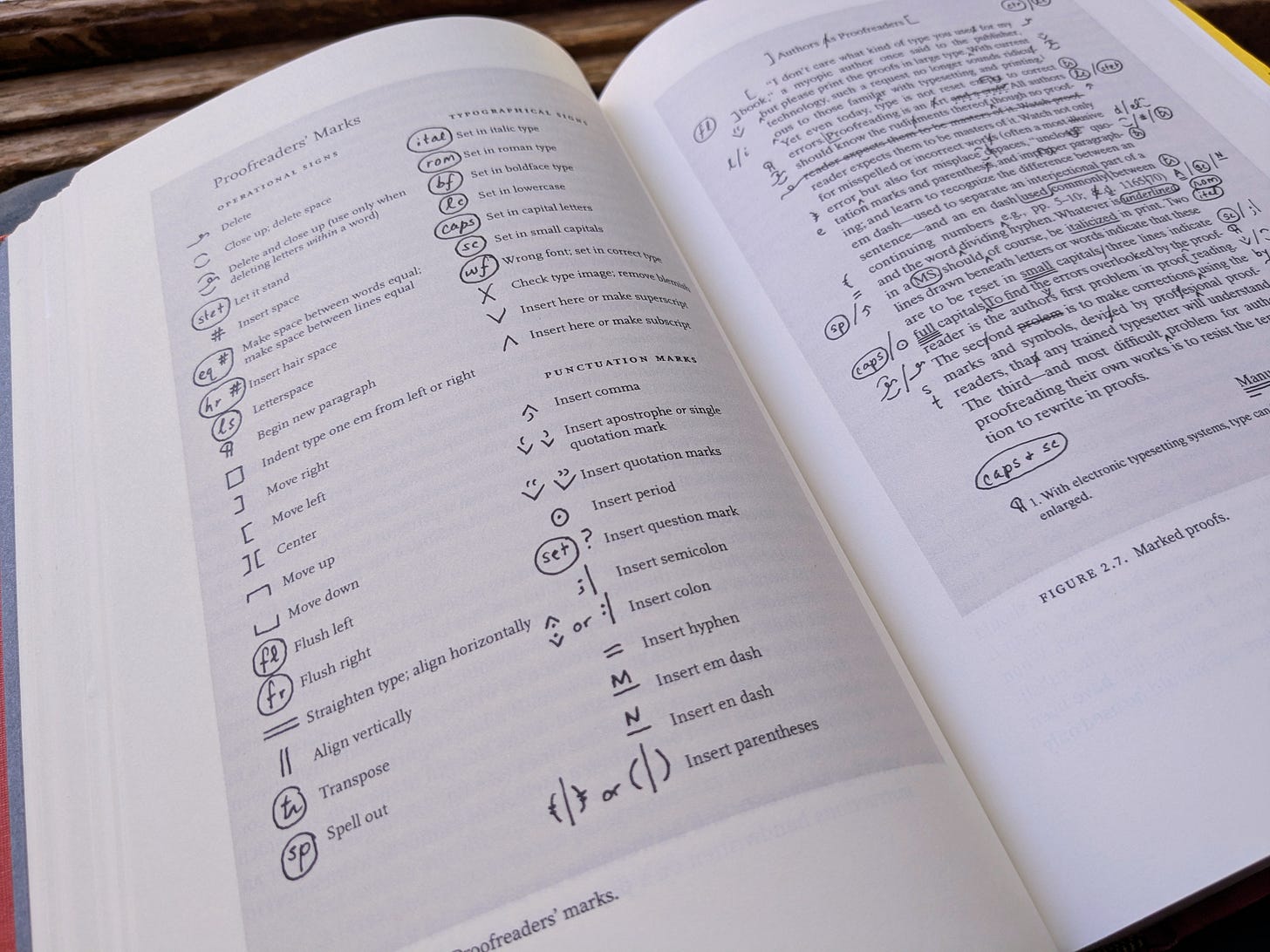Note: When I first put out a call on Instagram for questions related to writing, editing, submitting, and self-publishing, someone asked how to get started with self-publishing a poetry collection. So I’ll be releasing a mini series of self-publishing tips over the next few months.
I don’t claim to be an expert on self-publishing, but having self-published FIVE poetry collections, I feel confident in the process and sharing advice.
Once you’ve got your manuscript ready—all the poems ordered and in one document—it’s time for editing. This brings me to my third self-publishing tip:
Consider hiring someone to edit your manuscript.
This is totally optional. I’ve actually done all of the developmental editing, copyediting, and proofreading for each of my books except for my most recent collection, Blue Rose. (I hired Seneca Basoalto to provide substantive edits/feedback, and I’m so happy I did! Will absolutely do this for all of my future books.)
These are services that a traditional press or publisher would provide, so it’s smart to consider when self-publishing.
To help you decide if and when to hire an editor, here’s a guide on different types of editing (yes, there are multiple) and when to incorporate each in the self-publishing process (based on my experiences with self-publishing and with editing manuscripts for Yellow Arrow Publishing).
Developmental Editing
What is it?
Developmental editing focuses on the content itself. Writer/editor Helene Kiser calls it “a 30,000-foot view of the manuscript that happens when a draft is complete.”1
A developmental editor will provide feedback on where a poem or full manuscript needs more development and why while offering clear suggestions for improvement.
In a February 2025 Q&A with publishing industry pro Jane Friedman, developmental editor Susan Chang described it this way:
“If we make an analogy to medicine, the assessment is the diagnosis. When I do an assessment of a manuscript, I diagnose the big global issues. The developmental edit is the prescription, so it deals with those issues in more depth, and I am offering suggestions for ways to fix the issues.”2
When should you make developmental edits?
Once you have a draft manuscript. For a poetry manuscript, I’d say you’re ready for developmental edits once you’ve edited (as much as you can) and ordered your poems. I think you can even get away with skipping this edit and going straight to line editing (especially if you’re on a budget). The manuscript does not need to be formatted for publication yet.
Line Editing
What is it?
Line editing is a sentence-level edit that focuses on writing style, including word choice, phrasing, rhythm, voice, tone, flow, tense, and sentence structure.
Having a second set of eyes on your writing can ensure your messages are coming across as intended, your language is interesting and fresh, your transitions are smooth, your tense is consistent, and you’re not over or under writing or being ambiguous (to name a few).
When should you make line edits?
After developmental edits (if you’re doing them) and before copyedits (though some editors may do line edits and copyedits simultaneously). Your manuscript does not need to be formatted for publication yet.
Copyediting
What is it?
Copyediting is a sentence- and word-level edit that focuses on both mechanical and substantive editing.
Mechanical editing attends to grammar, syntax, usage, and consistent style (rules related to capitalization, spelling, abbreviations, punctuation, numbers, etc.).
Substantive editing, as defined by The Chicago Manual of Style (CMOS), “deals with the organization and presentation of existing content.”
“It involves rewriting to improve word choice or eliminate ambiguity, reorganizing or tightening disorganized or loosely written sections, [. . .] and other remedial activities.”3
When should you make copyedits?
Copyediting is the last stage of editing before formatting the manuscript for publication.
Proofreading
What is it?
Proofreading involves reviewing a text for any remaning errors after it’s been formatted for publication. These could be errors missed while copyediting or created during the formatting process.
Much like copyediting, proofreading focuses on grammar, spelling, capitalization, punctuation, and other mechanics. Proofreading also includes reviewing the text for consistency in formatting, such as text alignment, page number accuracy, and table of contents vs. titles and page numbers within the text (to name a few).
When should you proofread?
After you’ve finished formatting your manuscript for printing. Again, this ensures that you catch any errors created during the formatting process (which is not uncommon) and allows you to also proof the manuscript for formatting consistency.
If I’m proofreading my book myself, I usually do two rounds of proofreading.
When should I hire an editor?
You can hire someone for any type of the edits listed above, whether that means hiring one person for all of it OR a developmental editor and a separate copyeditor/proofreader.
It really depends on what you think your manuscript needs. If you work as a copyeditor or proofreader and have a strong understanding of CMOS and style rules, you can absolutely copyedit and proofread your own work. If this is an area you struggle with, definitely consider hiring someone for those edits.
I would also encourage you to consider hiring someone for line editing if you want more content-related feedback. If it’s not in your budget, you can always ask beta readers to read your manuscript and offer feedback.
Feel free to leave a comment if you have any questions!
Ready to edit your manuscript?
I offer copyediting and proofreading services via Fiverr!



Have questions about writing poetry, revision, submitting, or self-publishing?
Leave a comment, send me a DM, or email me at hello@kaitquinn.com, and I’ll answer them in future posts!
“Before You Hire a Developmental Editor: What You Need to Know.” Jane Friedman, Susan Chang, Julie Scheina, and Sangeeta Mehta. December 15, 2022.
The Chicago Manual of Style, 18th Edition. Section 2.55.




This is so very helpful! 💯💯💯